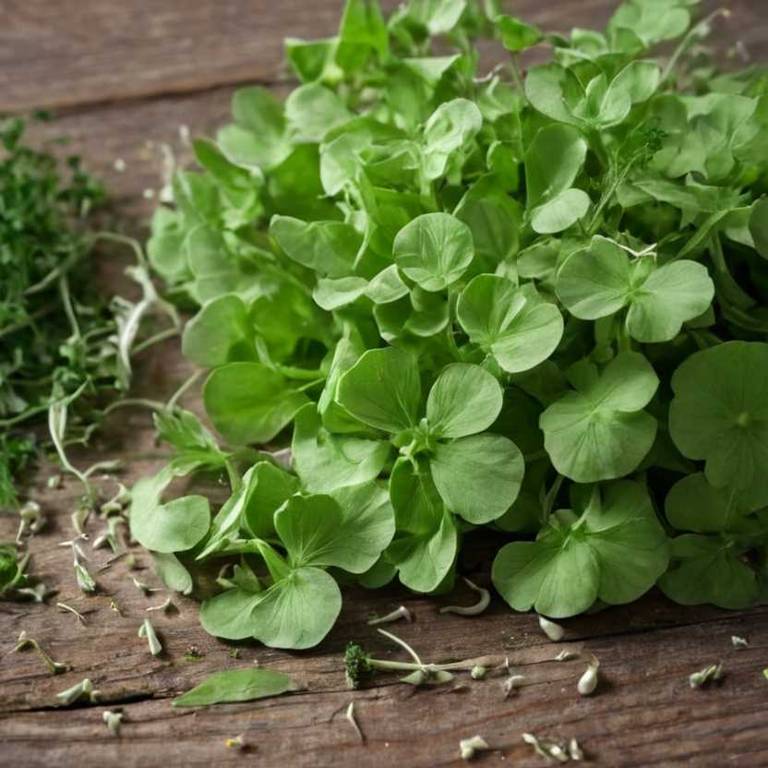By Leen Randell
Updated: Jul 07, 2024
What Are The Medicinal Properties Of Tropaeolum Majus (Nasturtium)?

Tropaeolum majus, also known as nasturtium, has health benefits such as reducing inflammation and fighting cancer cells.
The medicinal constituents of nasturtium include vitamin C, beta-carotene, and flavonoids, which provide antioxidant and antimicrobial properties. The herb is often prepared in teas, infusions, and capsules to support immune function and skin health. Side effects of using nasturtium may include mild allergic reactions and interactions with certain medications.
Precautions include consulting a healthcare professional before using nasturtium, especially for pregnant or breastfeeding women.
This article explains the health benefits, active constituents, medicinal preparations, possible side effects, and precautions related to Tropaeolum majus.
What are the health benefits of Tropaeolum majus?
Here's a detailed article about the 10 health benefits of Tropaeolum majus.
What are the active constituents of Tropaeolum majus?
Tropaeolum majus, also known as nasturtium, has active constituents such as alkaloids, flavonoids, and isothiocyanates, which are responsible for its medicinal properties.
These compounds exhibit anti-inflammatory, antimicrobial, and antioxidant activities. The plant's leaves and flowers contain indole alkaloids, including tropane and pyrrolidine derivatives, which have shown analgesic and sedative effects.
These constituents contribute to the plant's traditional uses, including wound healing and treatment of various skin conditions.
Here's a detailed article about the 10 active constituents of Tropaeolum majus.
What are the medicinal preparations of Tropaeolum majus?
Tropaeolum majus, also known as nasturtium, has medicinal preparations such as infusions, decoctions, and poultices.
The plant's flowers and leaves are used in traditional medicine for their antimicrobial and anti-inflammatory properties. They are applied topically to treat skin conditions, such as wounds, eczema, and acne.
The leaves and flowers are also used as a treatment for fever, rheumatism, and digestive issues due to their astringent and antiseptic properties.
Here's a detailed article about the 10 medicinal preparations of Tropaeolum majus.
What are the possible side effect of using Tropaeolum majus improperly?
Improper use of Tropaeolum majus, also known as nasturtium, increases the chances of experiencing side effects such as skin irritation, allergic reactions, and digestive issues.
The plant's seeds and flowers contain compounds that can cause stomach upset, nausea, and vomiting when ingested in large quantities. Additionally, its sap can cause skin redness, itching, and blistering in some individuals.
Moderation and proper identification are essential when using Tropaeolum majus for culinary or medicinal purposes.
Here's a detailed article about the 10 most common side effects of Tropaeolum majus.
What precautions to take when using Tropaeolum majus medicinally?
Before using Tropaeolum majus, also known as nasturtium, for medicinal purposes, you must take precautions such as identifying the plant correctly to avoid accidental poisoning from lookalike plants.
Also, consult with a healthcare professional before using the plant's flowers, leaves, or seeds as medicinal remedies. The plant's active compounds can interact with medications and exacerbate certain health conditions.
Use it in moderation and follow recommended dosages.
Here's a detailed article about 10 precautions to take when using Tropaeolum majus.